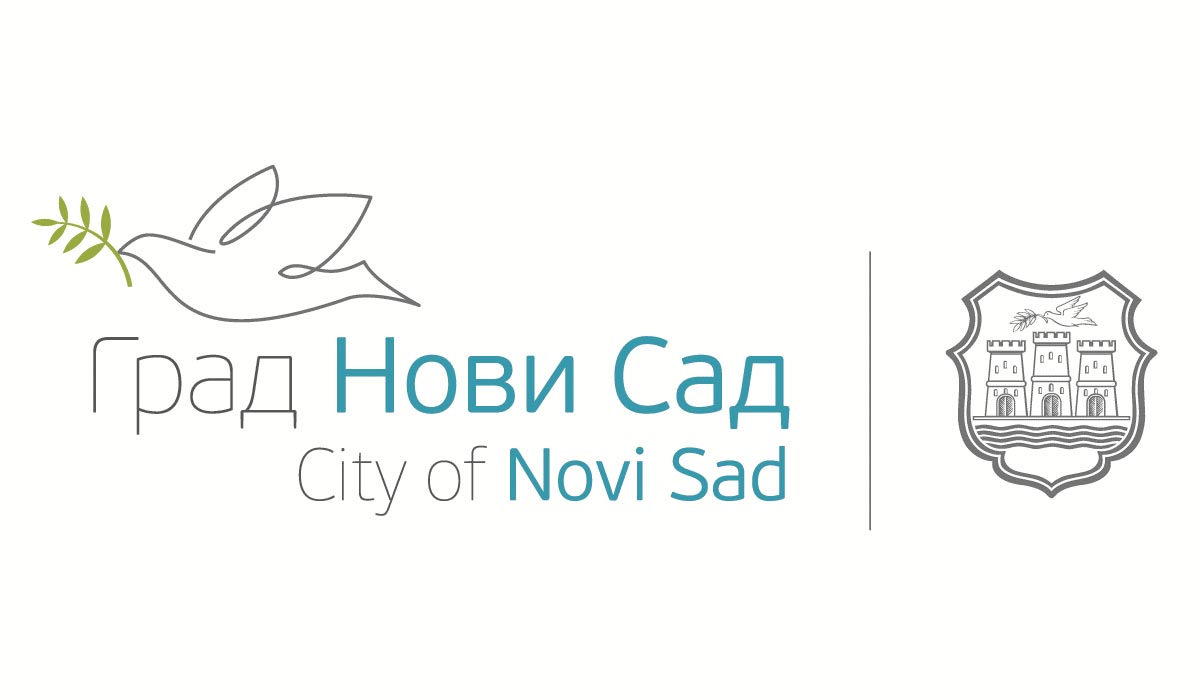MARKET TOWNS OF BAČKA ACCORDING TO A LAND-TAX SURVEY OF 1828
DOI:
https://doi.org/10.19090/i.2013.24.247-266Keywords:
Habsburg Monarchy, Kingdom of Hungary, Vojvodina, demography, statistics, trades, merchants and mercantile activity, agricultural production, free royal towns, market centresAbstract
The study relates to the demographic and economic characteristics of 3 cities and 13 towns in Bácska region according to the State Tax Census from 1828 and the population census of Ludovicus Nagy from 1827. It analysis the demographic, ethnic and religious characteristics of mentioned settlments. It covers some issues of social stratification, as well as the cities and towns agricultural production, possession situation, craftsmanship and trade characteristics.
Available data reveal that after the period of Turkish rule (1526-1699) the Bácska region was successfully reintegrated into the legal and social tissue of Hungary. Moreover, we can conclude that until 1828 Bács-Bodrog County, with its urban municipalities, became one of the most developed regions of the state in the sense of the intensity of agricultural production, crafts and the extent of trade, as well as one of the ethnically most complex areas of Hungary. The 1828 census analysis has made it clear that the most important role in this development had the three royal cities: Szabadka, Újvidék and Zombor and some of the towns as Zenta, Kúla, Kanizsa, Bácspalánka and Apatin.













